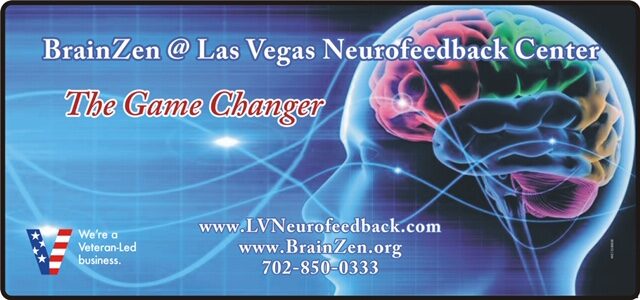Neurofeedback Trains the source: The Brain
- Improve Mood at the Source
- Reduce Addiction at the Source
- Increase or Manage Attention at the Source
- Enhance Performance at the Source
Neurofeedback is a scientifically proven way to improve the way you feel and function in the world by improving how your brain operates.
It is a noninvasive, organic process that does not change who you are. It’s still you. It is you just in a better mood or with an increase in confidence, focus and performance. Neurofeedback is an alternative to medication for most issues that stem from the brain. It is a journey into the possible. What is your potential?
Neurofeedback is a solid, evidence based option for those who don’t want medication and for those whose medications are not completely effective.
While the majority of our clients come because they have already tried other approaches and still find themselves suffering, a small but growing number of clients come to our center as a first option. This group of individuals is very clear –- they don’t want medications, or they don’t want their children on medications. They want an effective, evidence based treatment that doesn’t require meds.
Neurofeedback has proven itself to be a predictable, effective therapy backed by approximately 40 years of research. It’s being practiced by several thousand clinicians country wide. See the links above to learn more about the science behind Neurofeedback.
Even though Neurofeedback is a consistently, effective approach, it isn’t a quick fix. We are not attempting to mask symptoms, we are literally teaching the brain how to function more efficiently. It involves a learning process. Learning takes time and repetition is needed in order to really maintain what is learned.
In a very large percentage of our clients, core symptoms are reduced significantly and sometimes completely with Neurofeedback Brain-Training. However, learning occurs at various rates for different people. The degree of malfunction can play a factor in a person’s response rate. Some people quit too early. They find relief and then stop having sessions before the learning has really had a chance to take hold. Old patterns need to be replaced by new patterns, which involves practice.
Even individuals who have solidly learned healthier brainwave patterns and have moved on in their lives, may want to occasionally come back for a tune up, particularly during or after a period of unusual stress.
If a client doesn’t progress fast enough with Neurofeedback, we usually make a referral to another health care professional. We like to make sure we rule out other possible medical or metabolic issues that might be interfering with the brain’s response.
Working with other clinicians — the team approach
The Las Vegas Neurofeedback Center works diligently with therapists and physicians to provide an integrative approach. Together we seek to better understand our clients and to help them target and reach their goals.
We encourage our clients to talk openly with their doctor about medications and to discuss their goals regarding recovery. It’s particularly important if the client is on medication to inform their doctor of their progress using Neurofeedback, especially noting any reduction in symptoms. Some patients have a goal to reduce medication. As they become more stable and symptoms begin to diminish or resolve, they may want a trial reduction in medication. While we are happy to speak with physicians to answer any questions they might have, we let our clients know that only their doctor should change their medication.
Another great resource in the team approach, is the client’s therapist. Therapists know their clients well and often have important input regarding clinical manifestations or reductions in symptoms. Therapists often report that as clients train their brains and start functioning better, they are able to be more present and available during therapy. This can be of great value to the therapeutic process. In addition, Neurofeedback sometimes facilitates the surfacing of feelings and issues that might not have been previously accessible. This is one of the reasons we encourage clients to continue with therapy in conjunction with Neurofeedback. Being engaged in therapy allows clients to deal with any issues that might arise after a training session.
As part of our integrative approach, we like to educate clients on the available research regarding basic brain nutrition (i.e. literature demonstrating the role of Omega 3’s and vitamin D in mental health). Good nutrition supports the health of the brain. Therefore, seeking out a good nutritionist might be useful. We also encourage screening for other potential medical issues, like thyroid problems or hormone imbalances, which can be contributing factors in some mental health issues.
What Does Brain-Training Help?
A detailed list of Neurofeedback training in mental health issues
We have had success working with clients with brain injuries and those suffering from many types of disabilities. Neurofeedback helps the brain become more efficient so that it works at its best capacity, whatever that capacity might be. If someone’s brain has been injured by a stroke or through surgery, the brain learns to “reroute” signals to create new neuronal pathways.
Neurofeedback works with learning disabilities as well. Brain regions and networks involved with learning (such as word recognition, reading comprehension, expressive language, etc.) can be strengthened, thus improving performance.
